These days, emojis are used all over the world as if they’ve always been around.
But did you know that they actually originated in Japan?
And before emojis were born, Japan had its own unique culture called kaomoji. These text-based faces, made by combining symbols and characters, were widely used in emails and online communities to add emotions and nuances to conversations.
Kaomoji: Origins and Features
Unlike Western emoticons like “:)” or “:-)” that are viewed sideways, Japanese kaomoji are designed to show a face from the front.
By mixing symbols and characters, people created a surprisingly wide range of emotional expressions, and with just one glance, the feeling comes across instantly.
Kaomoji became popular in the late 1980s and 1990s.
Japan’s text input system allows users to freely combine full-width and half-width characters, which makes it easy to create complex faces. Even today, this flexibility remains, and kaomoji continue to appear in digital communication.
Here are some examples:
| (^_^) | Smile / Happy |
| (^_^;) | Nervous smile / Sweat drop |
| (*^_^*) | Smiling / Blushing |
| (^_-)-☆ | Wink |
| (^_^)/ | Waving / Greeting |
| (T_T) | Crying |
| (+_+) | Tired / Confused |
| (=_=) | Sleepy / Bored |
| (@o@) | Surprised / Shocked |
If you’re curious about kaomoji and want to see more examples, check out this site: https://mo-la.jp/trend/118411/. The explanations are in Japanese, but just by looking at the symbols, you’ll probably get a good sense of the emotions they’re meant to show.
The Birth of Emoji
Then came 1999, when NTT DoCoMo launched its mobile internet service, i-mode.
It introduced 176 original emojis, which became the world’s very first set of emoji.
The designer was Shigetaka Kurita, who worked at the mobile company. Because phones had very limited memory at the time, the first emojis were tiny 12×12 pixel icons — blocky and super pixelated compared to today’s smooth designs. You can find the original emojis on the website below.
https://goodmanners.tokyo/museum/july-7-2017/
At first, emojis were only available on flip phones, so not everyone could use them. Still, they quickly caught on with people who sent a lot of mobile emails.
Why? They were fun and practical — hearts, smiles, little phones, and more. Like kaomoji, emojis let people express emotions with pictures, which felt completely natural in Japan. Even in a short message, a single emoji could add just the right feeling, so everyone started using them enthusiastically.
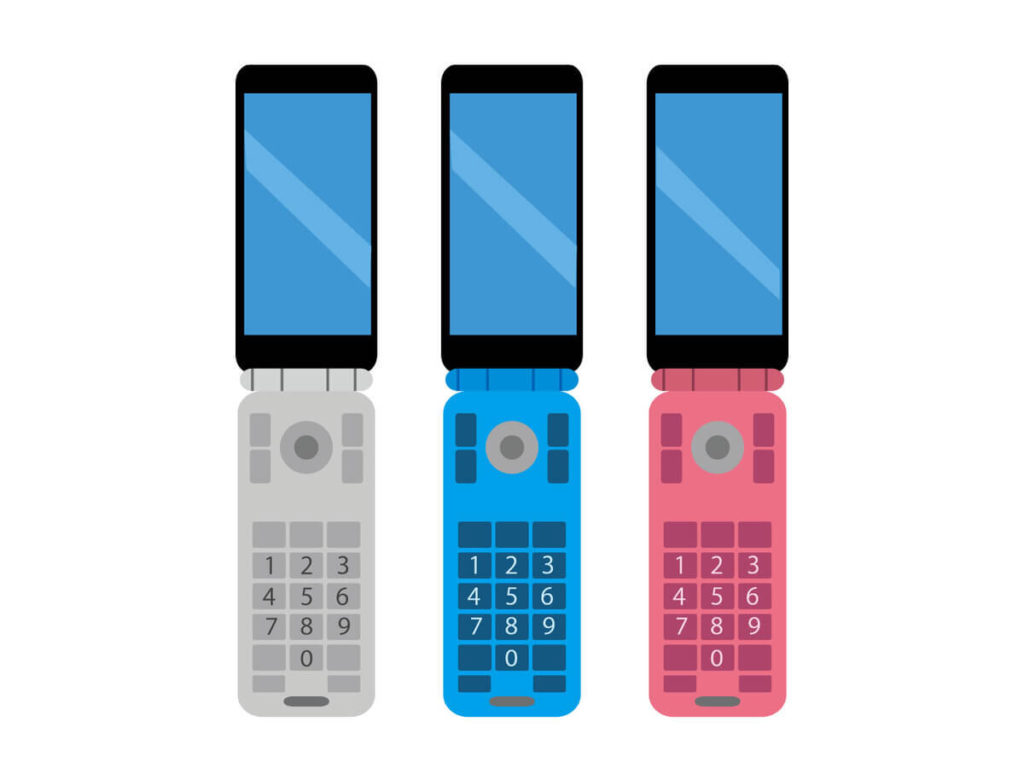
Emoji Goes Global
At first, emojis were only used within Japan’s flip phone culture.
In the late 2000s, Apple added emoji support to the iPhone specifically for the Japanese market, since emojis were considered essential in Japan. Soon after, the feature spread worldwide, as users outside Japan also embraced emojis.
In 2010, emoji was officially adopted into the Unicode standard, making it an international digital language.
Today, there are more than 3,700 emojis used daily on smartphones and social media everywhere.
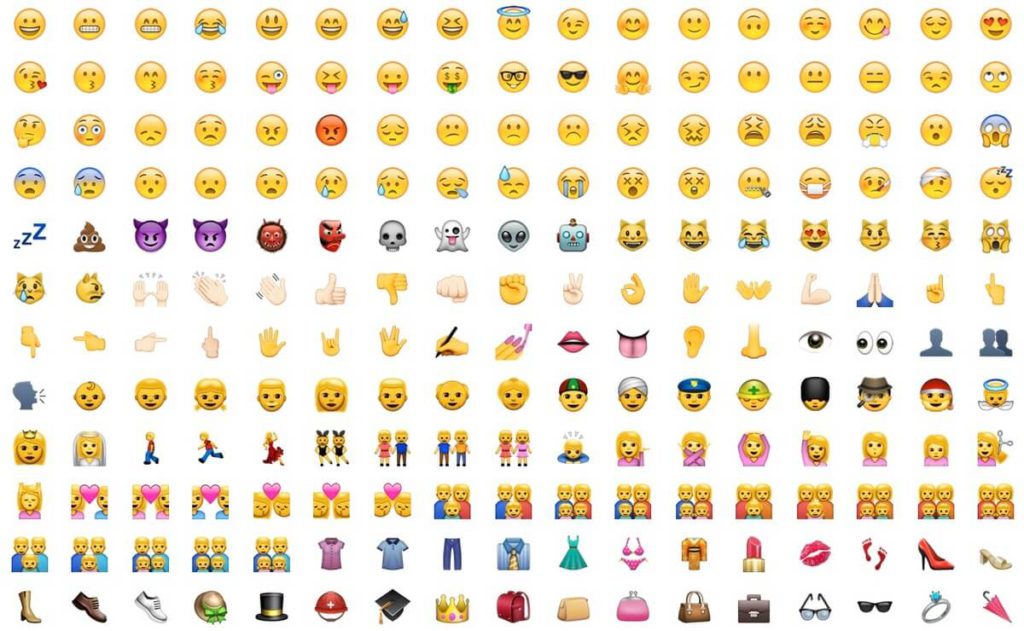
Conclusion
What began as playful kaomoji laid the foundation for emoji culture. And even now, in the age of emoji, kaomoji continues to appear on online communities. If you use a keyboard with Japanese input, typing “kao (かお)” or “kaomoji (かおもじ)” will even bring up a variety of ready-made faces.
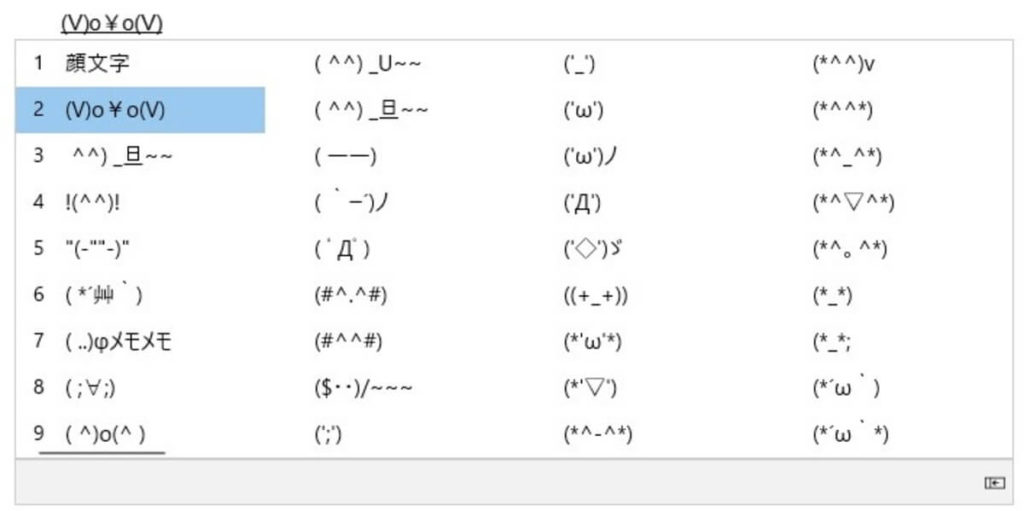
Both kaomoji and emoji were born in Japan, filling the gap where plain text couldn’t fully express feelings or subtle nuances. Their popularity also reflects something deeply Japanese: a communication style that values nuance, empathy, and “reading between the lines.” By adding just a single kaomoji or emoji, Japanese users could soften a message and avoid sounding too cold or unfriendly.
What started as a uniquely Japanese invention has since grown into a global communication tool. So the next time you send an emoji, remember—you’re also carrying a little piece of Japanese culture with you.
I live in Osaka and volunteer as a Japanese teacher. After I retire, I’d love to live in Malta in the Mediterranean or on Yakushima Island in Japan someday.

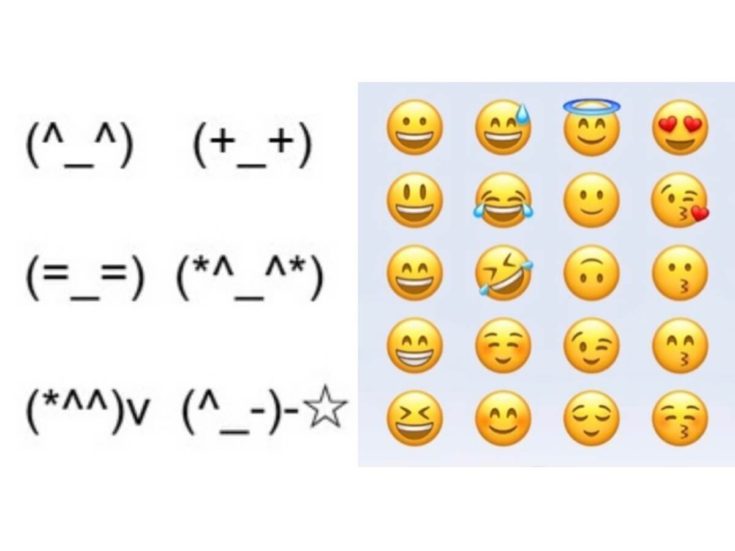
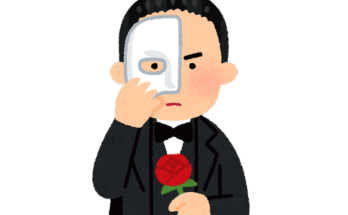
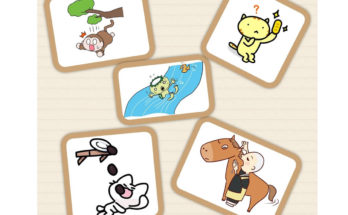

 HTJ has a YouTube page! Check it out
HTJ has a YouTube page! Check it out
Hi Akiko,
Thank you for writing this informative article. I never realized Emoji’s history. It’s fascinating that Apple adopted them from NTT. I wonder if Steve Jobs ever used them and did Apple pay royalties to NTT… The other thing I enjoyed was, “Their popularity also reflects something deeply Japanese: a communication style that values nuance, empathy, and “reading between the lines.” while I was visiting Japan, I was trying very hard to be better at reading between the lines” because I think it’s a skill that can improve with practice.
What do you think?
Hi Manning! Thank you for also leaving lovely comment here!
Yes, the royalty question is an interesting one — I imagine Apple must have paid something, but maybe even Steve Jobs didn’t expect emojis to become such a global phenomenon.
I’ve noticed that my Vietnamese students seem to use emojis more often than students from other countries, which makes me curious about where they’re used the most!
And as we talked about the other day, I really do believe that “reading between the lines” is something we can get better at with practice.